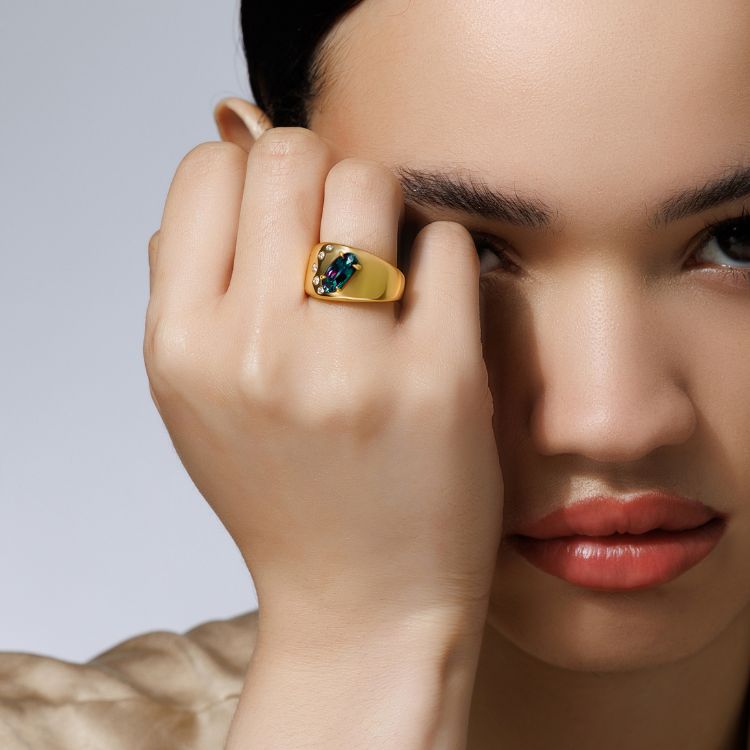
Natural Alexandrite
Mark Henry’s alexandrite is a once-in-a-lifetime, color-changing, exotic gem. Alexandrite turns from gorgeous emerald green in daylight to a radiant ruby red under incandescent light.
21 products
Get 10% off your first Mark Henry purchase WELCOME10
Sorry, looks like we don't have enough of this product.
Your bag is currently empty.

Mark Henry’s alexandrite is a once-in-a-lifetime, color-changing, exotic gem. Alexandrite turns from gorgeous emerald green in daylight to a radiant ruby red under incandescent light.